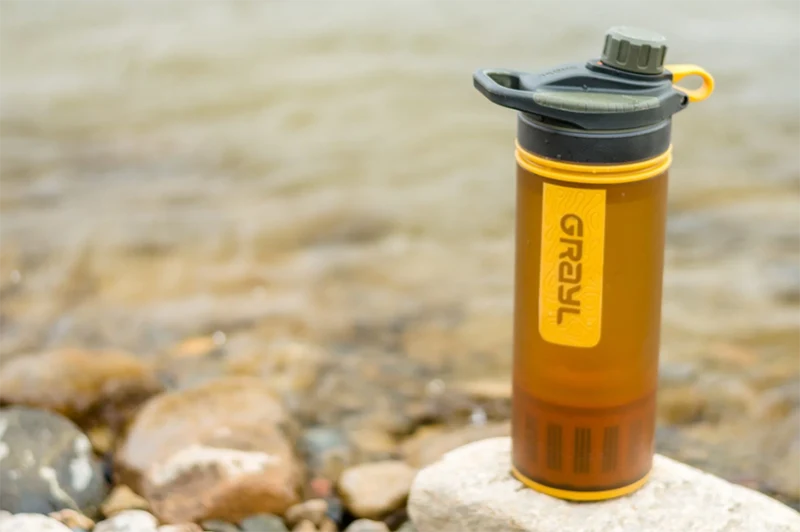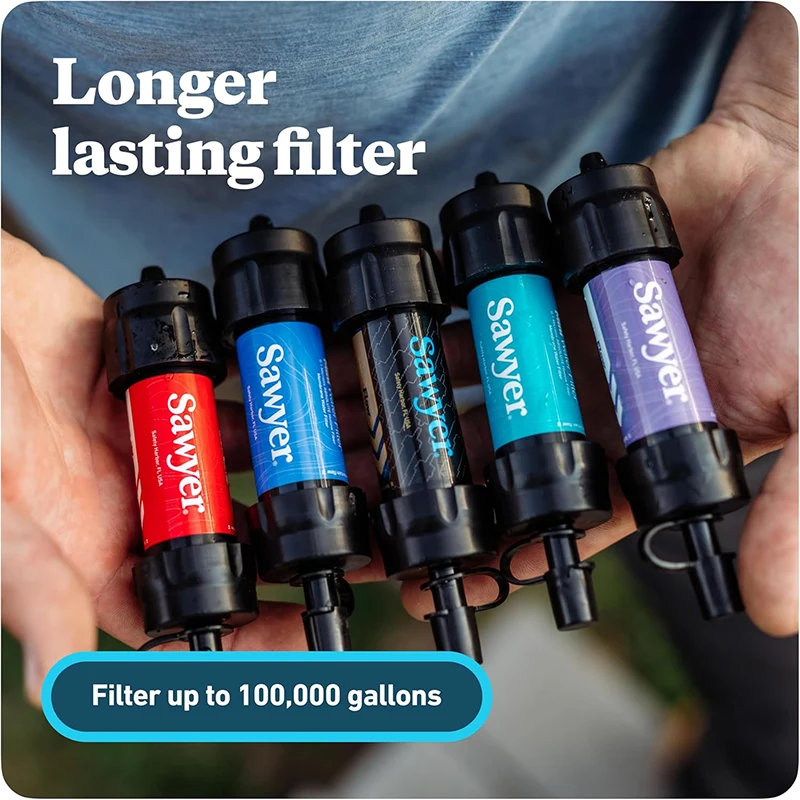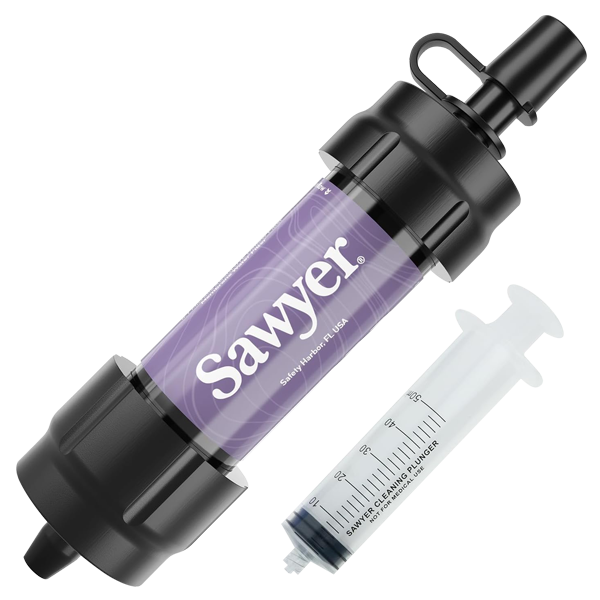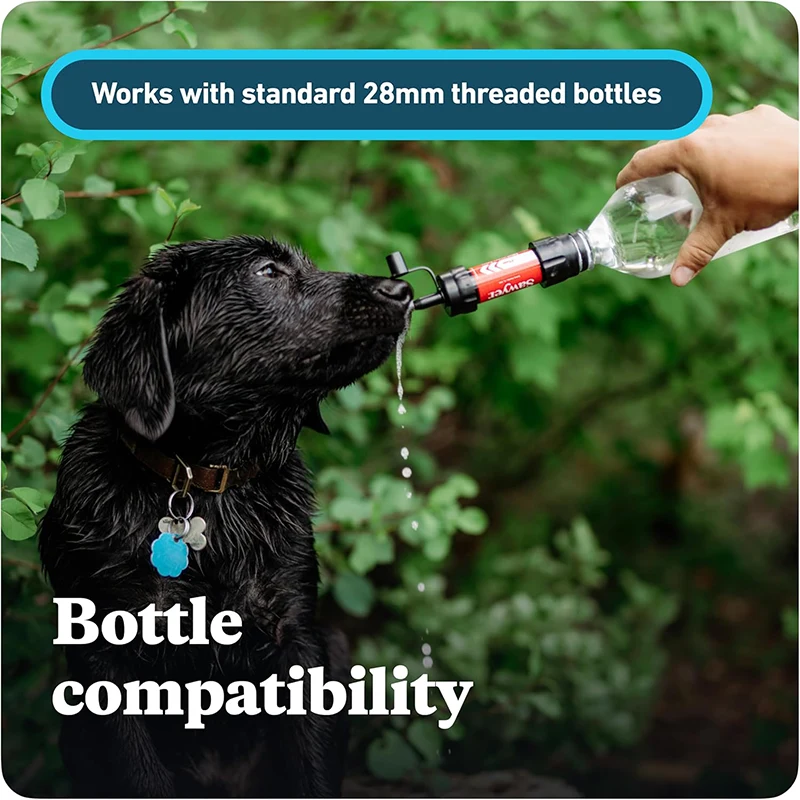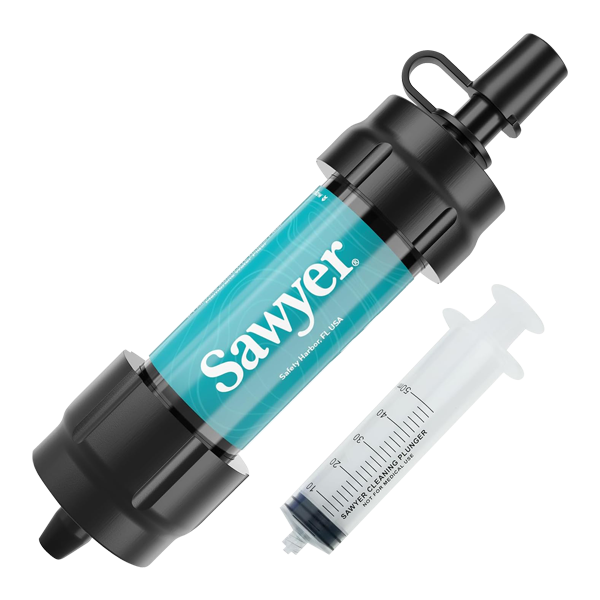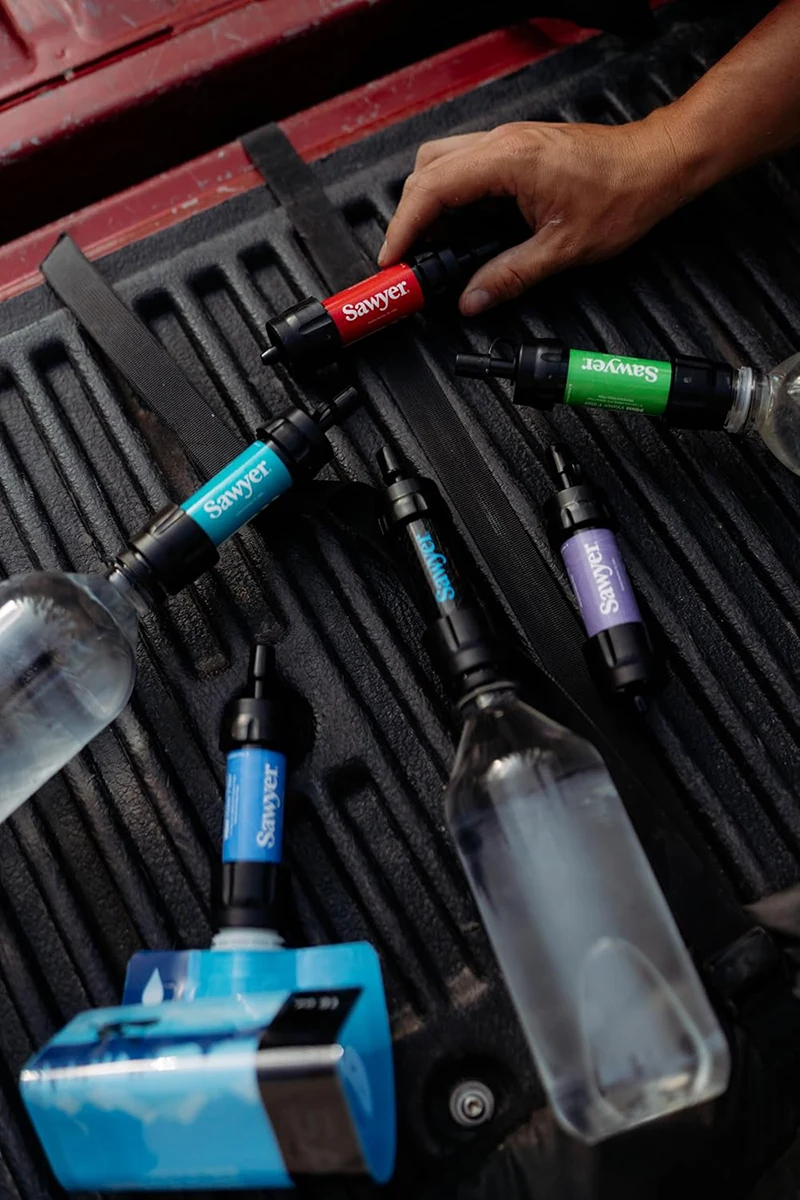

Orodha ya Mwisho ya Ufungashaji wa Njia ya Appalachian kutoka Backpacker
Get ready for your AT thru-hike with this gear checklist from expert thru-hiker Liz "Snorkel" Thomas and BACKPACKER Gear Editor Eli Bernstein.
Snowstorms, weeks of rain, humid mid-Atlantic summers: Your gear goes through a lot on a thru-hike of the 2,190-mile Appalachian Trail. The rocky, rugged path has more elevation gain than any of the other long trails, and thru hikers’ gear needs to be light enough to carry, but versatile and tough enough for the four- to six-month journey.
On a thru-hike across fourteen states, even the smallest flaw becomes amplified. The too-short strap or the unstable pot stand can turn from annoying to injury-causing (I have the scars from my backpack to prove it).
Small and light is the ticket here: Thru-hikers spend less time in camp than the typical backpacker, so they gravitate towards gear that keeps them happy on their feet.
Everyone’s different, and the best gear is the gear that works with your skills, experience, age, fitness levels, and health conditions. But on the AT, there are some experiences everyone will have: you’re going to get wet, live with bugs, and you’ll almost certainly have to slog through some hot, humid climbs up mountains.
On both my thru-hikes of the AT, I chose to use lightweight and even ultralight gear, which reduced the pain and exhaustion of climbing steep, rocky, rooty terrain. For me, the AT was hard enough as it is. No need to have heavier gear to make it even harder.
A word of warning: lightweight gear only works if you know how to use it. Before starting your thru, test all your new gear to see how it works, both on its own and as part of your system. These time-tested picks are a great place to start.
Read the full article by Liz "Snorkel" Thomas on Backpacker's website here.
Kutoka kwa kikosi
Mazungumzo ya Campfire na jamii yetu, kutoka kwa Wanachama wa Squad na Mabalozi kwa Washirika wa Brand na timu ya Sawyer.



